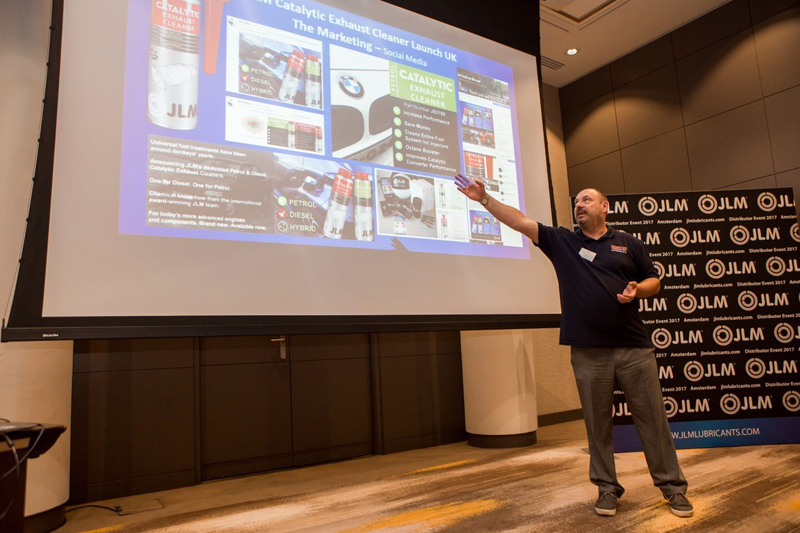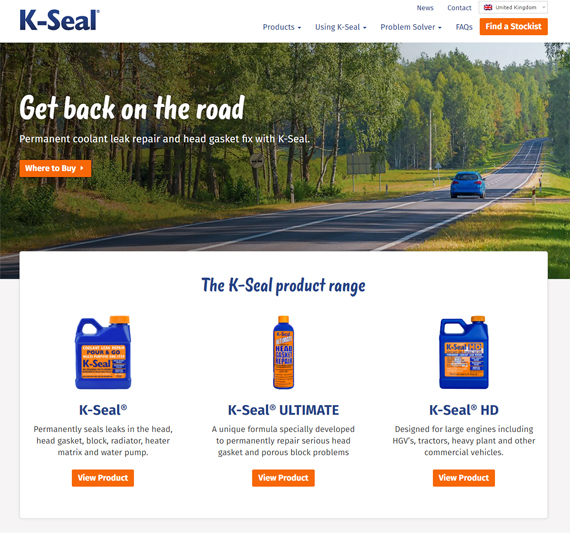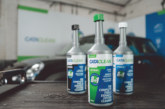
PMF catches up with Kalimex’s resident website guru, Colin Benzie, to discuss some of the key ingredients for a perfect website.

Three must-haves for any website
1. Compatibility – your website must be viewable on all devices. 73% of visitors to the K-Seal website in June 2018 came via a mobile phone.
2. Content – include detailed product descriptions and, if applicable, links to related products. Add real case studies too and tell people how it was used.
3. Visual – video is now integral to all websites. Include videos of popular products in use with technical diagrams alongside any imagery. Ask suppliers if they have video content you can use.
Q. Are social media pages as important as a main website?
Yes. Facebook in particular is a great place to post content for your audience to engage with, but this content doesn’t necessarily have any place on your website. Posting a picture washing your shop window with the caption, “getting ready for today’s deliveries of…”, is an excellent way of social marketing but has no place on your website. Your friends will share the picture but they’ll also be sharing the names of the products being delivered, which they wouldn’t do were this an advert. If all goes well, these shares should result in people visiting your website.
Q. What are the most popular and least popular website pages?
Unless you’re the likes of Apple, your news is not a pull. You can spend time making sure you update your news section only to see from your stats that people visit your product pages, get what they want and leave.
Prioritise with a good ‘Contact Us’ page. Include a basic captcha to stop spam and promote this everywhere on the site. If you sell products that are technical, have an ‘Any Questions?’ link that directs visitors to the contact page.
It’s also useful to have a reviews and testimonials page. You may be surprised at how many people will read what others have said about you before getting in contact. Include good things about the products you sell that you’ve read elsewhere. For instance, it’s okay to read motoring blogs and quote ‘Ford Forum user swears by these products that you can buy here’, and then link to the same products you sell on your site or other pages.
Q. How can a factor who doesn’t sell on their website encourage website visitors to visit their online selling portals such as eBay?
Incorporating an eCommerce shopping cart facility to your website can be expensive and technically challenging. By contrast, eBay can be a lucrative online shop. You have to pay fees but only on what you sell, so the costs can be factored into your online price, whereas building an online shop entails upfront cost without knowing what actual sales you will generate.
The good news is you don’t have to send people away from your website to find you on eBay. Publish specific links on your pages and add a “Buy Now” eBay button to the products. By redirecting the customer directly to your buying page you reduce the risks of losing out on a sale.
Finally, keep your website updated! If it looks old and worn, people will leave within seconds of arriving. It should be fresh, inviting, easy to access and easy to browse.







